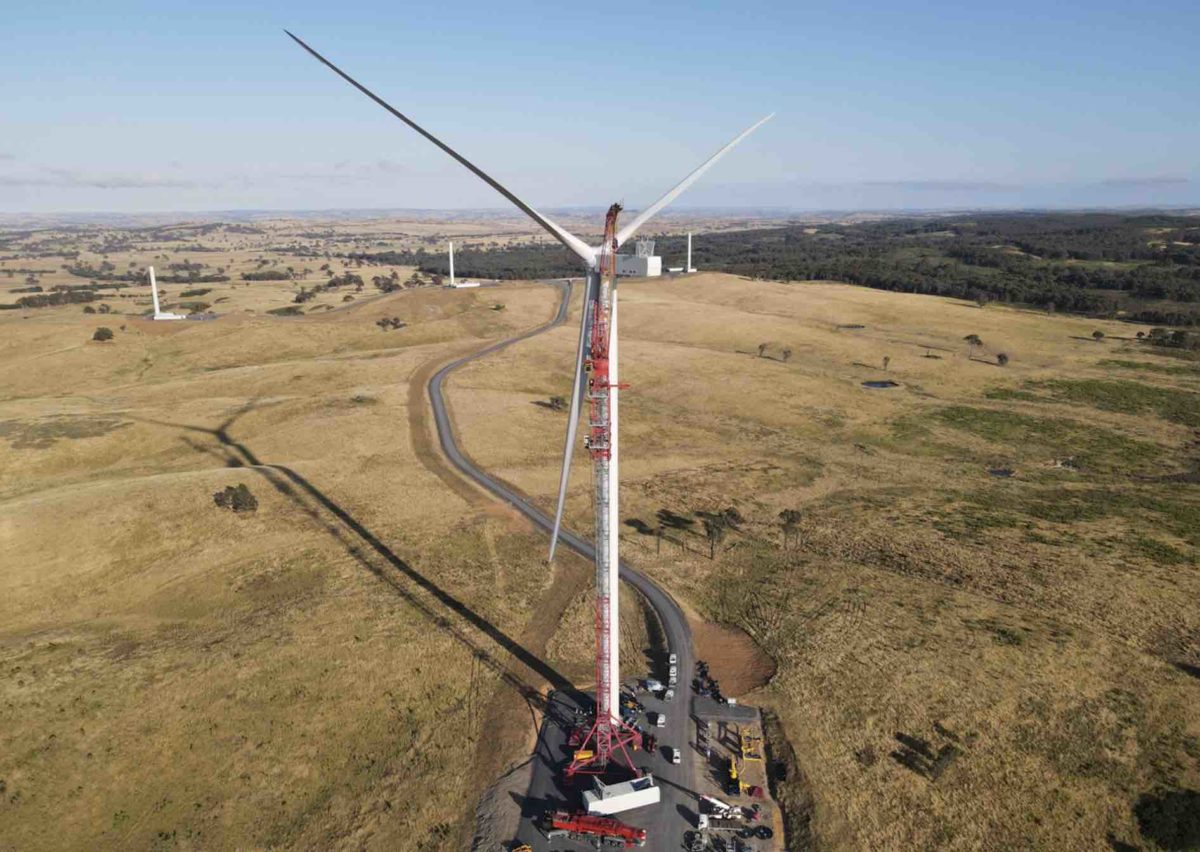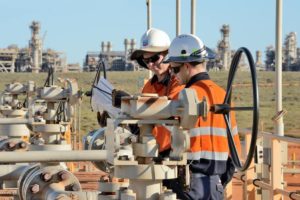Renewable energy investors have slammed the planning approvals process in New South Wales, saying it takes to three times longer than other states for a renewable energy project to be approved, and the single wind farm approved in the last five years took nearly a decade to get over the line.
“When it comes to climate change we don’t have a decade to wait for approvals,” says Simon Corbell, the CEO of the Clean Energy Investor Group, and a former energy minister who guided the ACT to its 100 per cent renewable energy target.
“The process needs to be robust, but a decade is far too long for any project,” he said.
The CEIG, which represents 21 Australian and international investors with a combined portfolio worth $38 billion, commissioned a review of the current planning approvals process by leading international law firm Herbert Smith Freehills.
That report found that the delayed planning approval process in NSW is delaying project timelines by anywhere from 4 to 7 years, and making the application process 25 times more expensive than states such as Queensland.
Apart from the single wind farm that took almost 10 years to get approval, on average it took nearly two years for solar and more than a year for batteries to be approved. It also takes an average 492 days for critical state significant infrastructure (CSSI) clean energy and transmission projects to work through the approval process.
“NSW’s current planning approvals process for generation, storage, and transmission are not fit-for-purpose to enable the scale and speed of the energy transition required,” Corbell said.
NSW is aiming to get at least 12 GW of new capacity by the end of the decade to help fill the gap that will be created by the closure of most, if not all, its remaining coal fired power generators.
It is also racing to fill the capacity gap created by the planned closure of the country’s biggest coal generator, the 2.88GW Eraring facility on the central coast of NSW, and to ensure the closure in August, 2025 – if it still happens on that date – does not lead to uncontrollable price spikes.
“It’s a given that projects need to be in the right locations, in consultation with communities, and any environmental impacts are minimised,” Corbell says, but adds that there are solutions to the impasse.
The report provides 14 key recommendations billed as “quick wins” that are capable of accelerating the planning approval processes in NSW.
“By adopting simple fixes identified in our review, NSW can speed up the approvals process while maintaining the thoroughness demanded by the current planning system,” said Peter Briggs, a Herbert Smith Freehills partner for environment, planning, and communities.
One simple fix is to declare clean energy and transmission projects as critical State significant infrastructure, which has demonstrated quicker approval times while maintaining a comprehensive assessment process.
The report also addresses the concerns raised by the release of draft guidelines under the Draft Energy Policy Framework currently on exhibition until January 2024.
These include the proposed requirements to assess the impacts of a potential dwelling on neighbouring land. The CEIG report says process is costly and unclear, and wind farm developers have already told RenewEconomy it would make many projects impossible to build.
Some projects are already being assessed as though this already written in the rules, despite the insistence by the state government that they are only draft legislation.
The CEIG report says making these assessment requirements clear and reasonable would help ensure the state reaches its net zero goals and not hinder the progress of clean energy projects.
It also suggests the NSW Government listen to key concerns from leading registered landscape architects over the proposed visual impact assessment requirements for projects, to ensure they are fit for purpose.











